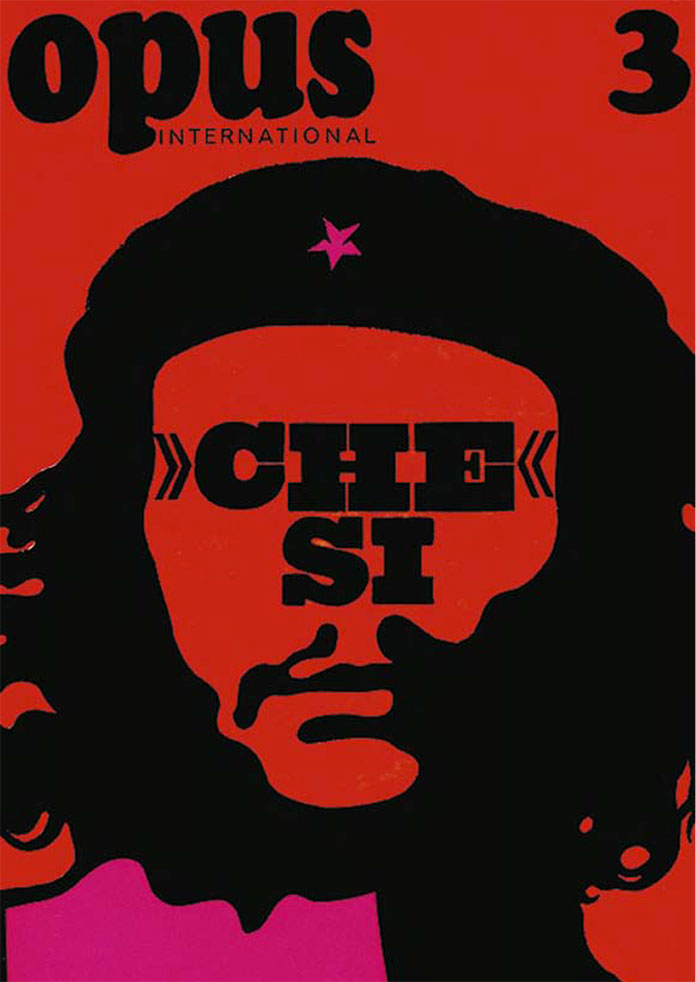Surrealist Utopias and the Cuban Revolution
Abstract
The recognition in 1964 of the Cuban revolution by the Parisian surrealists gathered around André Breton can be explained by the presence in its ranks of two artists born on the island (sculptor Agustín Cárdenas and painter Jorge Camacho), but also by what firstly appears to be, quoting Régis Debray, a “revolution in the revolution.” At a time when the Western working class seemed to have abandoned its “revolutionary role,” and the “socialist democracies” of the East showed no hope of real emancipation, the first years of the Castrist regime, which promoted a resistance to North American imperialism and to Soviet authoritarianism, seemed to propose a third way, and soon became a leading symbol of the Third World revolutionary potentiality. Castro’s declared willingness to move away from Soviet methods, Guevara’s defense of revolutionary internationalism, and proclamations concerning the freedom of art convinced some of the Surrealists to accept Wifredo Lam's official invitation to join the Salón de Mayo organized in La Habana in July 1967. As shown by the debates the trip to Cuba generated later in the Paris Group, the Cuban revolution prompted the Surrealists to define how they could get involved in the anti-imperialist struggle, but also to revise their conception of revolution.

